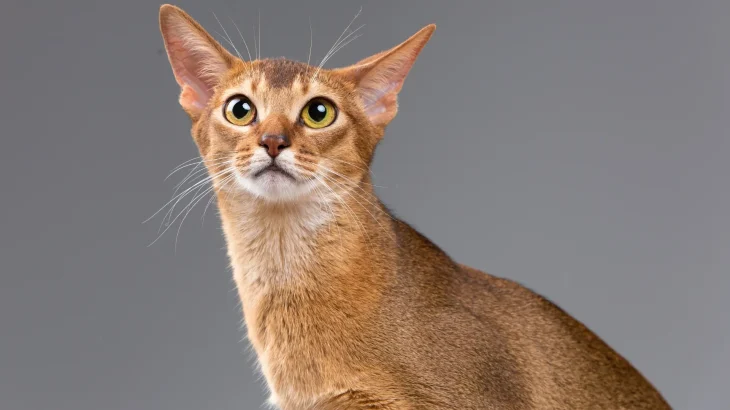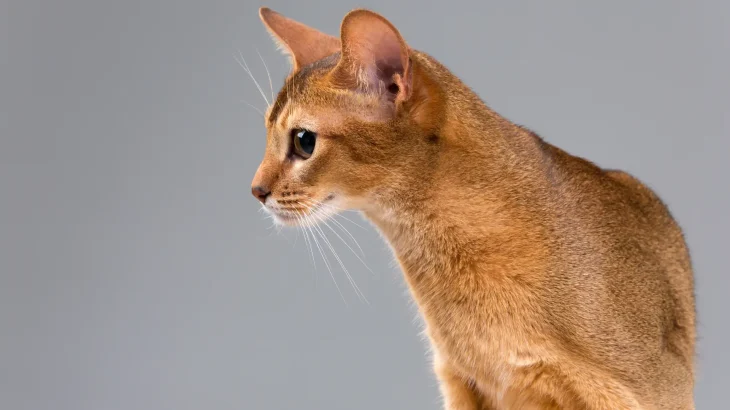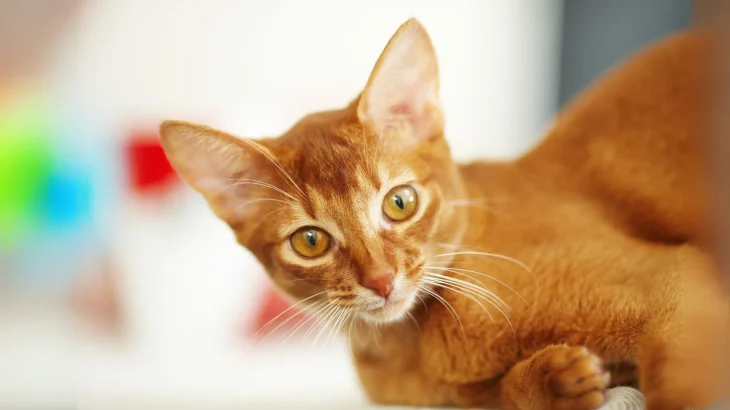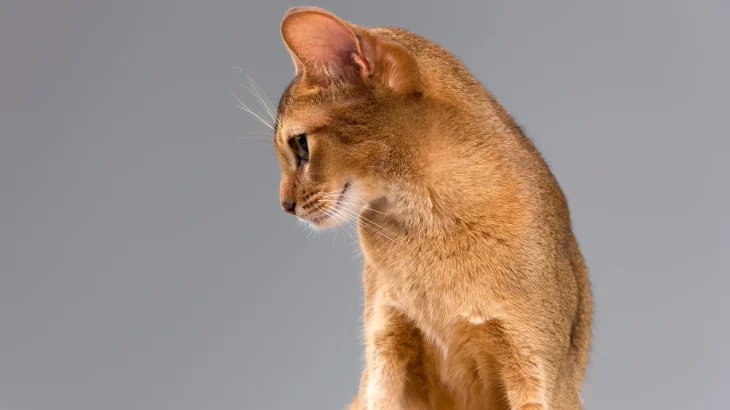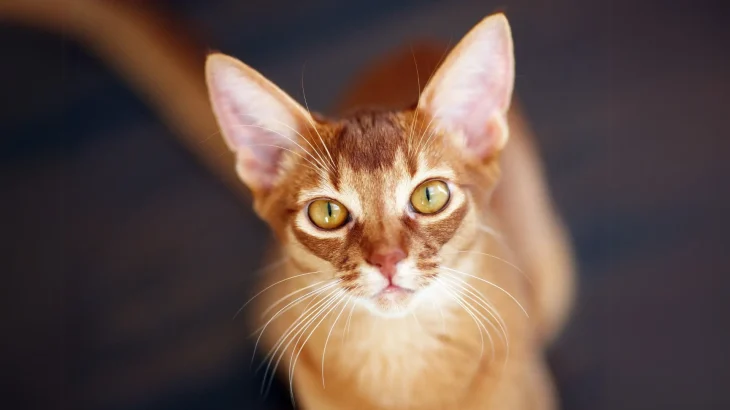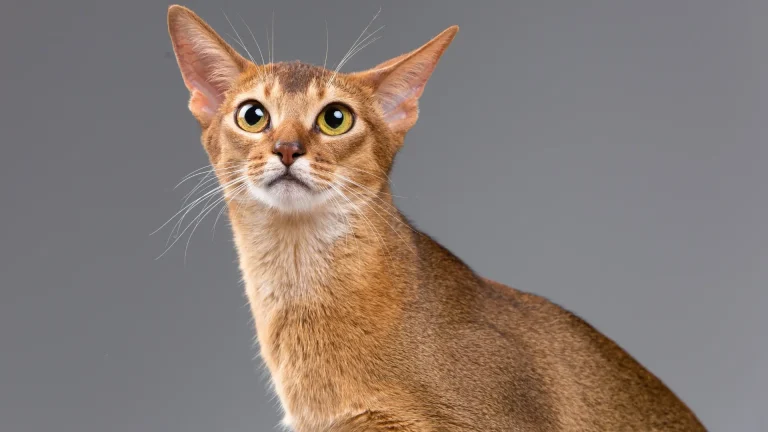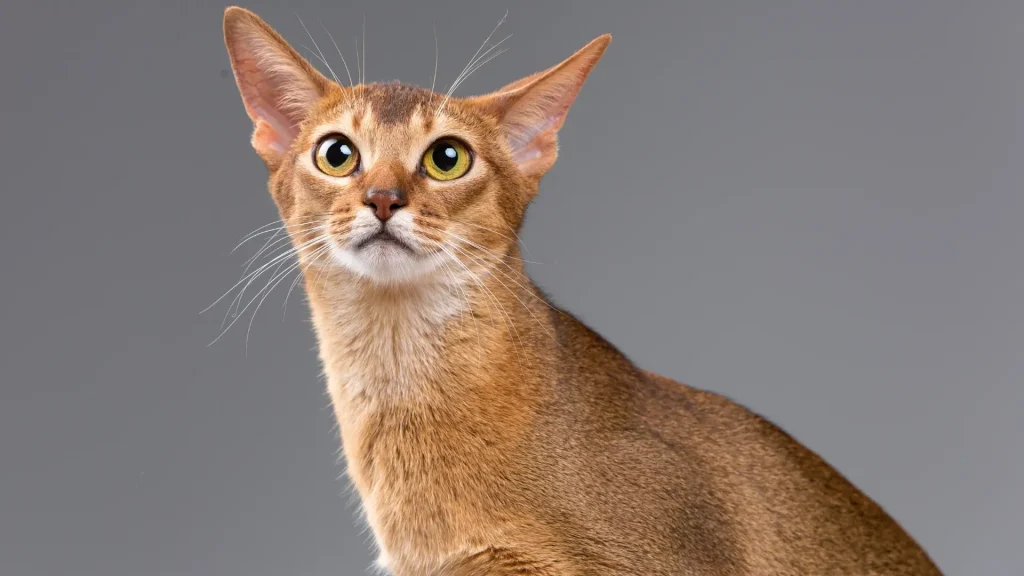When considering insurance for a Chausie cat, it's important to think about this energetic hybrid's unique traits. Pet insurance acts as a safety net for unexpected vet costs, such as accidents or illnesses needing treatment or surgery. Since Chausies are curious and active, accidents can happen. Insurance helps ease financial stress and provides peace of mind. Policies vary in coverage, limits, and deductibles, so understanding what's included and out-of-pocket costs is key.
Health and Surgery Coverage
This is the core of most pet insurance plans. For a Chausie, it generally covers treatment for illnesses, injuries, and surgeries—like emergency care if they consume something toxic. Some plans include diagnostics and medications, though coverage of hereditary or chronic issues varies. Owners usually pay deductibles and co-pays; pre-existing conditions are often excluded.
Liability Coverage
Most pet insurance focuses on health, but some offer liability for accidental injury or property damage. This is rarer for cats. While Chausies are strong and active, indoor damage is usually minimal. Owners wanting this should verify it carefully, as it's not common in standard cat policies.
What Is Covered vs. Owner Costs
Chausie insurance typically covers accidents, illnesses, some surgeries, plus sometimes prescriptions and diagnostics. Routine care like vaccinations and dental cleanings, as well as pre-existing conditions, usually aren't covered. Owners pay monthly premiums, deductibles, and co-pays, and there may be coverage limits. Insurance shields against high bills but doesn't cover all expenses.
Alternatives to Insurance
Some owners prefer savings funds or wellness plans covering routine care but not emergencies. These avoid monthly premiums but can leave owners vulnerable to costly unexpected vet bills.
Advantages and Disadvantages
Insurance offers peace of mind, turning costly emergencies into manageable expenses and enabling quicker treatment. Downsides include policy complexity, exclusions, ongoing costs, and possible overpayment if the cat stays healthy. Owners must weigh potential benefits against costs.
Example Scenario
Imagine a Chausie eats a toxic plant requiring costly emergency care. Without insurance, the owner faces sudden, high costs; with insurance, most expenses are reimbursed, easing the burden. For this curious breed, insurance can be a real lifesaver.

